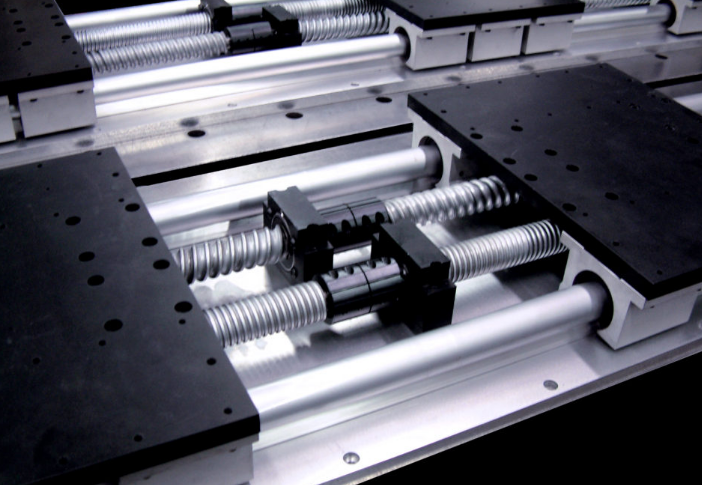Linear bearings and ball bearings are both crucial components used in various applications to facilitate smooth motion. While they share similarities in terms of their purpose, there are distinct differences between the two. In this article, we will explore the dissimilarities between linear bearings and ball bearings, including their design, working principles, applications, and advantages.
Design and Construction
1. Linear Bearings Linear bearings are specifically designed to facilitate linear motion along a straight path. They consist of an outer rail and an inner carriage that holds the load. The carriage is mounted on ball bearings or roller bearings, depending on the specific design. Linear bearings come in various configurations, including round rail, square rail, and profile rail, to accommodate different application requirements.
2. Ball Bearings Ball bearings are widely used for rotary motion applications, such as shafts or spindles. They consist of an outer ring, an inner ring, and a set of balls placed between them. The balls circulate within the races, reducing friction and enabling smooth rotational movement. Ball bearings are available in different types, including deep groove ball bearings, angular contact ball bearings, and thrust ball bearings, among others.
Working Principles
1. Linear Bearings Linear bearings facilitate linear motion by providing support and reducing friction along a specific axis. The rolling elements (balls or rollers) in linear bearings move along the rail, allowing the carriage to glide smoothly. The design of linear bearings ensures that the load is evenly distributed, enabling precise and accurate linear movement.
2. Ball Bearings Ball bearings enable rotary motion by reducing friction between the rotating parts. The balls in ball bearings roll between the inner and outer races, creating a smooth surface contact. This minimizes friction and allows for efficient rotation. Ball bearings are capable of handling both radial and axial loads, making them suitable for a wide range of applications.
Applications
1. Linear Bearings Linear bearings are extensively used in applications that require linear motion, such as industrial automation systems, manufacturing equipment, medical devices, and transportation systems. They provide precise and controlled linear movement, ensuring smooth operation and accurate positioning.
2. Ball Bearings Ball bearings find widespread applications in various industries, including automotive, aerospace, machinery, and electrical equipment. They are commonly used in motors, pumps, gearboxes, conveyors, and other rotating machinery.https://shengbenzhejiangchina.com .Ball bearings are designed to handle radial loads, thrust loads, or a combination of both, making them versatile for different types of rotary motion.
Advantages
1. Linear Bearingshttps://shengbenzhejiangchina.com
- Excellent precision and accuracy in linear motion.
- Low friction, resulting in smooth and efficient operation.
- Ability to handle heavy loads.
- Minimal maintenance requirements.
2. Ball Bearings
- Low friction, enabling smooth rotational motion.
- High load-carrying capacity.
- Suitable for both radial and axial loads.
- Wide range of sizes and configurations available.
- Durable and long-lasting.
Conclusion
In summary, while linear bearings and ball bearings serve the common purpose of facilitating motion, there are significant differences between the two. Linear bearings are designed for linear motion applications, providing precise and accurate movement along a specific axis. On the other hand, ball bearings are used for rotary motion, reducing friction and enabling smooth rotation. Understanding the distinctions between linear bearings and ball bearings is essential for selecting the most suitable component for a particular application.
